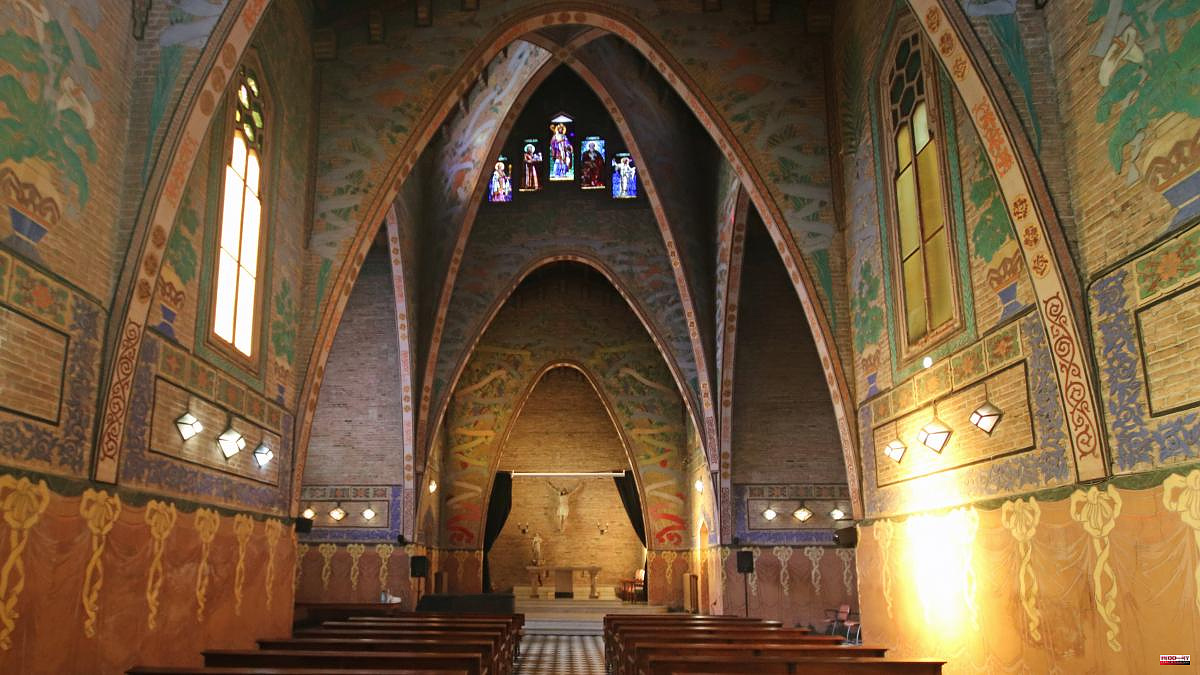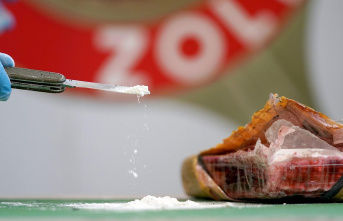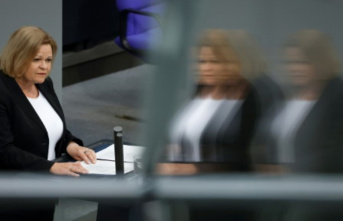The Industrial School houses in the building of the Ramon Llull high school a curious chapel by Joan Rubió i Bellver, one of the most brilliant disciples of Antoni Gaudí, which stands out for a set of colored sgraffito made directly on brick and the use of parabolic arches in its structure. As a result, it is a chapel as spectacular in design as it is unknown in general, as it is not open to the public.
The chapel is part of the reform works to which the old Escola d'Agricultura was subjected at the end of the 1920s to convert it into a student residence. The works were entrusted to Rubió i Bellver, who was in charge of adding a dining room to the building and, above it, the aforementioned chapel as essential elements for the new use.
The entrance to the chapel produces a great impact due to the aforementioned sgraffito, the parabolic arches and the exposed brickwork, a system that the architect used in another also unknown chapel in the Casa Balmesiana, in the Gòtic quarter. In fact, for some experts, the use of parabolic arches in this and other buildings is what brings Rubió closest to his master Gaudí.
The reconversion of the Escola d'Agricultura into a residence was planned so that the public home for students could be moved, which in 1921 was inaugurated in a chalet on Calle Ríos Rosas, in Sant Gervasi and which had outgrown it. Thus, in 1929, still under the dictatorship of Primo de Rivera, the so-called Residencia del Real Politécnico Hispanoamericano was inaugurated, which after the fall of the regime was renamed Residència d'Estudiants de Catalunya.
After a brief closure after the Francoist troops entered Barcelona, in October 1939 it reopened its doors under the tutelage of the Barcelona Provincial Council. In 1989, it was agreed to transfer the management of the center to the University of Barcelona, which has since become the Col·legi Major Universitari Ramon Llull. If you have the chance, it is worth the visit.
4












